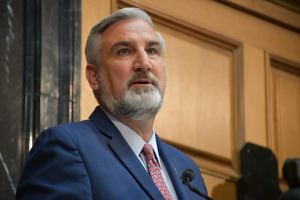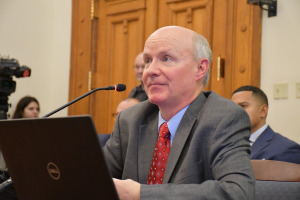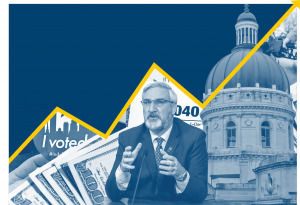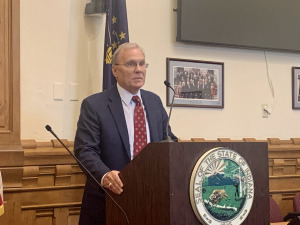
Indiana House proposed budget alters salary calculations, public health allocations
The proposed changes could have big impacts for lawmakers, as the bill’s language would change the formula used to calculate pay raises for many–from the governor down to each legislator.











